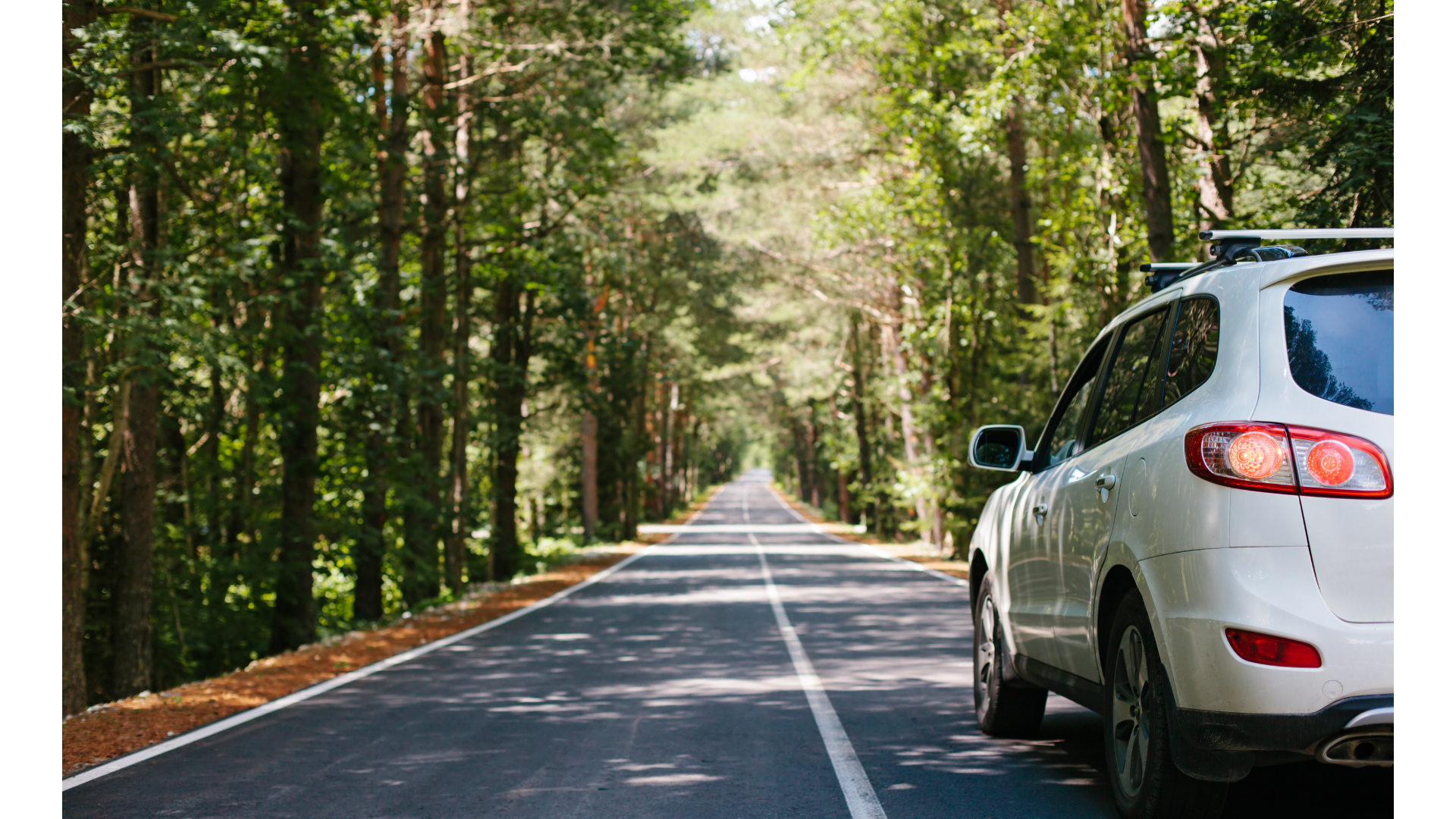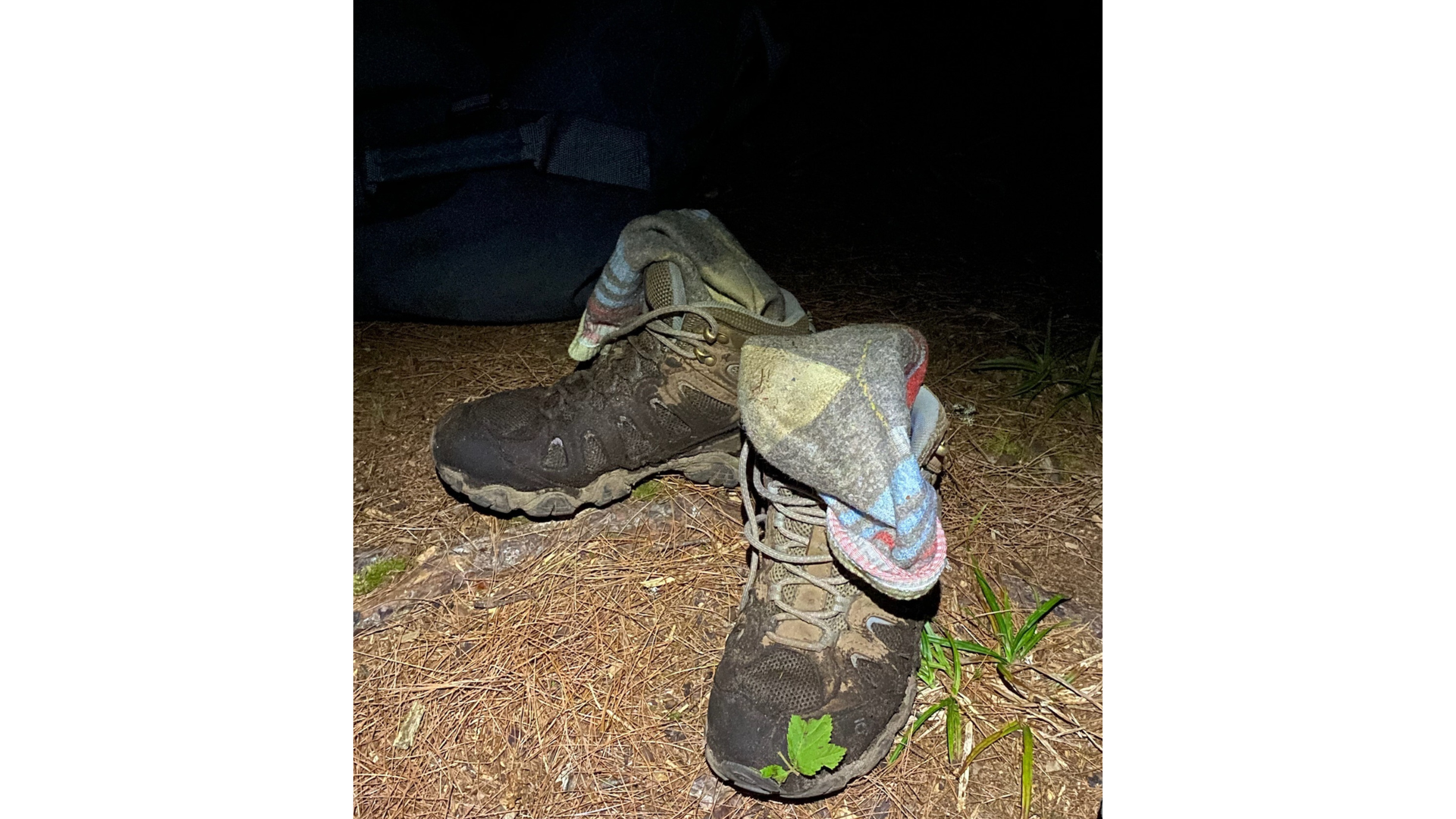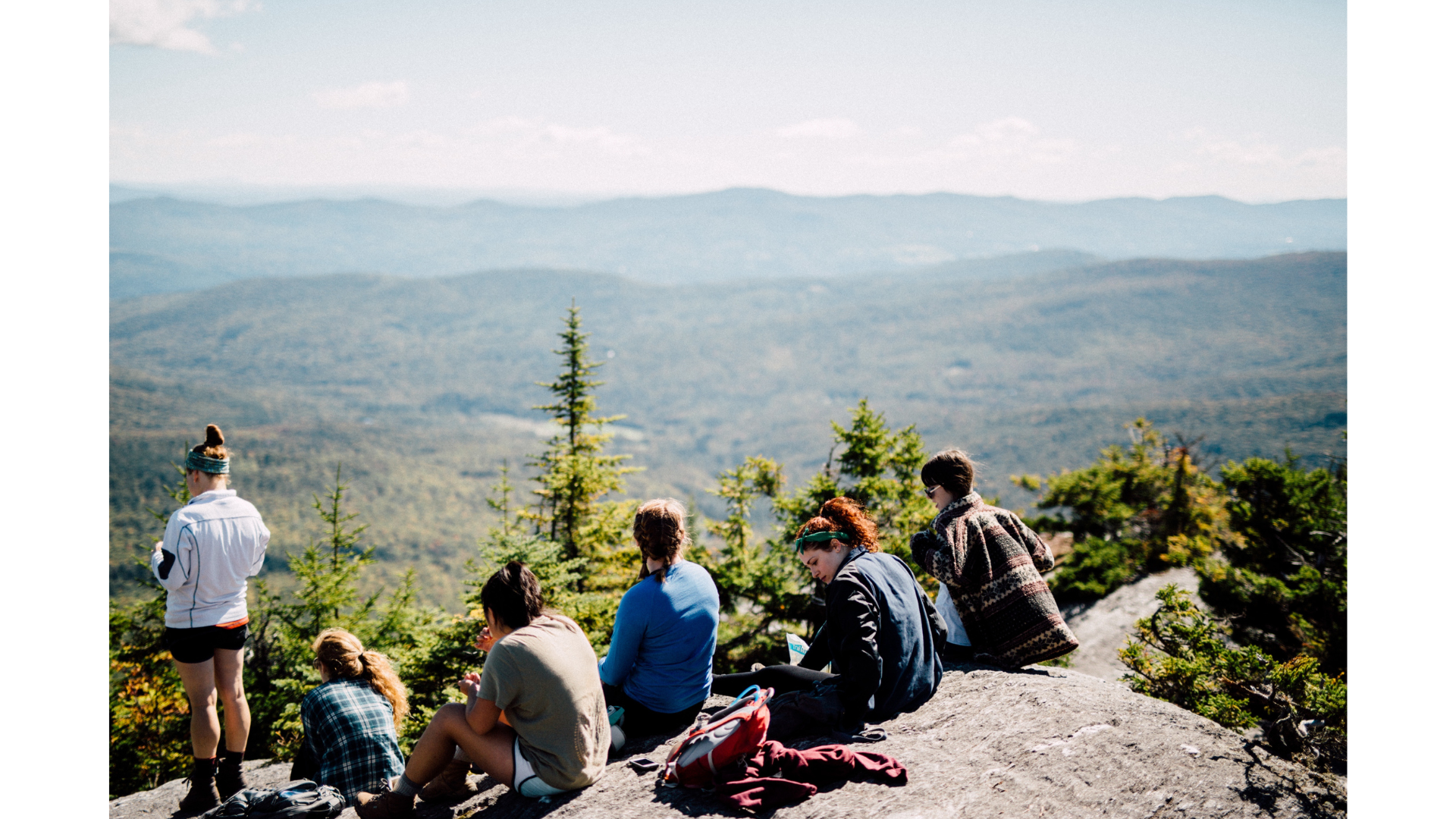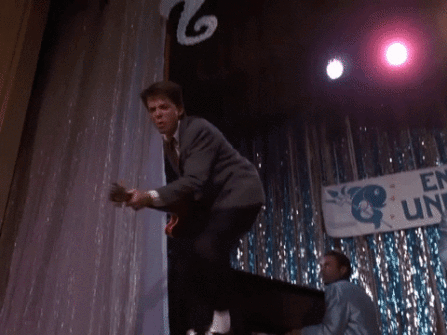Get outside! An ultimate guide to spring time hikes

This blog was written by Ava Pilkington from UVM’s Outdoor Programs!
So you want to get outside but don’t know where to start or even where to go. We’ve got you covered! After you give this a read, you will be an outdoor expert on hiking and will know exactly what you need to bring, how to stay safe, and even some prime hiking spots in and around Burlington.
What to bring

Each hike you do can be different in length and difficulty, but what you have to bring stays relatively the same. REI has a great checklist on what to bring, but here is the gist…
1. Water
The first thing that you should always have, no matter what, is water. Bring at least 2 liters or two full water bottles wherever you are going. It’s better to have extra rather than run out halfway through and then not be able to find water on the trail or have the necessary tools to purify water found on the trail.
2. Food
Food is one that has a lot of questions revolving around it. If you are doing a day hike, it is a good idea to have lunch and some snacks packed with you. My go-to snacks are clementines, a granola bar (I love the Fig Bars), and nuts like pistachios. For lunch at the summit, I always bring a peanut butter and jelly sandwich with chips. PB&J at the top of a mountain is amazing and will fuel you enough to have energy on the way back down.
3. Clothing and Footwear
Layers! The weather can be very tricky to dress for in the spring, especially with wind and clouds. As a good rule of thumb, it’s always winter above 2,000 feet of elevation. How to dress for the day can include leggings or hiking pants, a quick dry tee-shirt, a long sleeve, and a zip-up. Always bring a jacket like a puffy bag with you because it can get chilly at the summit… and if you are sweating, you will lose body heat quicker. Always bring a rain jacket with you. I’m no meteorologist, but I am pretty sure that every time you don’t bring a rain jacket, the chance of rain for the day can go from 15% to 100%. For layers especially, it is always better to be over-prepared than under-prepared.
Hiking boots are a big one. You can wear trail runners or boots, but sufficient footwear is a must. If you need hiking boots, you can rent a pair from Basecamp, located at 8 Colchester Ave! Any and all gear you might not own can be rented through UVM’s Basecamp for either a day or a weekend! No need to own a ton of gear to get outside!
4. First aid and miscellaneous
Headlamps are good especially if you plan on doing a sunrise or sunset hike. I’ve found it is really hard to see rocks that sneak onto the trail in the dark, so having a source of light is a must. as sometimes you will need to use rocks or trees to help you get up a part of the trail and especially if you trip or fall you don’t want anything happening to your phone. Headlamps are hands-free and typically have multiple settings on them so that you can adjust how bright and wide the light is.
A first aid kit is another good thing to have; it can be a small one, but it is better to be safe than sorry. You can make your own backcountry safety kit at home containing bandaids, a gauze pad, aspirin, disinfecting wipes, and medical tape. You can also buy one, but that is completely up to you. Typically, day hikes are low-risk activities, and just having a few bandaids on hand is more than you will ever need, but things happen, and it’s better to be safe than sorry.
Stay Safe and Leave No Trace
How to stay safe
Staying safe is the number one concern when it comes to hiking. The outdoors are unpredictable sometimes, and the weather and conditions can turn on a dime. If you are new to hiking, it is better to be safe than sorry. Leave No Trace is more about limiting our impact on the outside world, and the goal is to leave the hiking trail better than you found it so that others can use it for years to come. Leave No Trace and staying safe can go hand in hand, so it is important to be knowledgeable about both.
1. The buddy system
Try to always hike with a buddy. If something happens and you are alone, sometimes it can escalate more than if you were with someone. If going alone, always make sure that someone knows where you are, what hike you are doing, and what time you are supposed to be back. Having someone know this information could help you if you get hurt. If you are not back by the time you had originally said with no contact, the person you told could call for help if you are unable to.
2. MAKE A PLAN
Always know what the weather will be like, consider condition differences between the base and the summit, and if you’ll need extra gear like microspikes or snowshoes. Make sure you have everything you need before setting out for the day. A good idea of what to bring is the ten essentials. This is a foolproof way to make sure you have everything and more on the hike you are setting out to do. Make sure you also look at the difficulty of the hike and plan accordingly for that. Everyone hikes at their own speed, so give yourself ample time to finish whatever hike you do. To calculate this, you can use Naismith’s rule, which is an equation of (assent÷2,000)+(horizontal distance÷3)= time. For example, if you are doing a 6-mile hike with 2,000 feet of elevation, it should probably take you 3 hours.
3. Navigation
Always have a plan and know where the trail goes. REI recommends either a map or a Garmin inreach® device, but a free app like All Trails will also work just fine. Make sure to check weather and trail conditions ahead of time, and always have a backup plan because sometimes the mud and snow don’t allow trails to be walkable.
Leave No Trace
Walk on durable surfaces: Two roads diverged in the yellow wood; on one trail is a bed of beautiful moss and roses, and the other is muddy and dirty. Which do you choose? THE MUDDY ONE! Walking off the trail or trying to avoid mud can hurt the ecosystem around you by widening the trail. Some plants are fragile and cannot grow back after someone has walked on them. Erosion is also a big issue, and widening the trail to avoid mud can be really harmful. If you hate muddy boots, bring an extra pair of shoes for the car! If hiking in a group, turn it into a game! The muddiest boots win.
Take only pictures, leave only footprints: Try not to remove anything from the trail for personal gain. If you see a pretty flower, snap a picture of it! Leave it for others to enjoy and, more importantly, for wildlife. The less impact we have on the trail, the better and the longer others can hike on the trail we choose.
Respect wildlife: If you see a deer, don’t try to feed it! Let it be! Animals should be left alone on trial and observed from a distance. If bringing a pet on trail, have it on a leash at all times, and make sure it is under control.
Pack it out, girl scout: Any trash? Take it with you! You wouldn’t throw a banana peel you were eating into a corner of your room to forget about it, so don’t do that outdoors! Not everything in a package is good for the ecosystem, and minimizing our impact as much as possible is the biggest goal. Bringing any and all trash out can help big time. If you see any trash on the trail, do everyone a favor and grab it to throw out.
Be courteous of others: You know those kids with the backpack speakers? Yeah, don’t be them. Others on the trail might not want to listen to Purple Hat by Sofi Tukker on full blast at 7am. Be respectful and mindful of those around you. If you see someone on the trail who might be hiking faster than you, let them pass. Always move to the side to let others heading down the trail get by and say hello to them!
Mud Season
The weather is getting warm, the snow is melting, and mud is taking over everything we know in Vermont. Hiking during mud season can damage trails, so hikers are often advised to avoid trails plagued with mud so as to not do more harm. What happens when we walk on mud? The soil compacts, reducing its ability to absorb water, which causes more flooding. Excessive flooding can be harmful to plants and vegetation growing around the trail and will degrade the quality of the trail. The best thing to do is to avoid hiking on these muddy trails at all costs, even if the trail is not closed. But the itch to hike is strong, so trying to do hikes that are less than 2,500 ft in elevation is recommended by the Green Mountain Club. To learn more, you can check out their article on Mud Season. The Green Mountain Club is a great resource to check out. They have tons of good information and everything you need to know about Vermont’s hiking scene.
Hiking Trails
Beginner
If you are new to hiking, you might not know where to look for hiking trails that are beginner friendly.
Hikes in Burlington:
- Centennial Woods Loop: This is a 3.8-mile loop that should take a little over an hour and a half.
- Burlington Bike Path: 2.4 miles. You can walk along the waterfront for most, if not all, of it. It should take you about 43 minutes.
Hikes outside of Burlington:
- Libby’s Look Loop: This one is my personal favorite. 2.3 miles, takes about an hour to complete. This is a bit steep, but the views are totally worth it. You can add extra mileage by doing the Preston Pond loop as well, which is beautiful in the spring and has a ton of frogs to see.
- Audubon River Trail: 1.4 miles, will take about 30 minutes. You can swim here, but it is important to use your judgment and swim cautiously.
Advanced
Feeling adventurous? Take on a couple of these hikes, too!
- Stowe Pinnacle: This hike can be longer or shorter depending on where you park. There is a parking lot that makes the hike about 3 miles and then another down lower that makes it a bit longer. Great spot to do a sunrise hike!
- Camels Hump: 6 miles and, on average, will take about four and a half hours to complete. Fun fact: You can see this mountain when you cross the street going between central campus and athletic campus!
- Mount Mansfield: 7.7 miles, 2,893 ft of elevation, but boy, are the views worth it. There is no need to race to the top, so always be cautious, especially now. Make sure to bring microspikes or snowshoes, depending on the weather. With this much elevation, you are sure to run into snow or ice.

Getting to the mountains
Transportation can be tricky here in Vermont. Especially if you don’t have a car. Thankfully, you go to the University of Vermont, where everyone is as excited as you are to get outside! There are so many clubs that do trips on the weekends!
1. Outdoor Programs
This student club aims to help you backcountry, climb a mountain, ski down it, rock climb, and paddle around lakes. There are also leadership development trainings like LEAP and TREK Training where students can learn the skills necessary to lead others. Students involved with Outdoor Programs lead trips that you can sign up for. You’ll then be bussed to the mountain with the leaders and others on your trip.
2. Summit Sisters
This is a club for female-identifying students that wants to get you outdoors. There are weekly hikes that help you explore Vermont’s great outdoors, bonding events like a sunrise polar plunge in the fall, and ski trips.
3. People of Color Outdoors (POCO)
This club seeks to provide students with little to no experience or accessibility to outdoor activities with the skills they need to get involved with the outdoors.
4. Outing Club
This club has weekly trips that involve hiking, kayaking, and canoeing, as well as leadership development programs within the club so that more students can lead trips. Each trip is posted on Fridays for the following weekend.
The Big Picture
The outdoors are right in our backyard so there are so many opportunities to explore. Even if you have never hiked before, there are so many things here to help you discover a passion and life for the outdoors that you might not have known you had. Being outside and hiking for many is a therapeutic escape from school work and helps you forget about all the things that might be going on in your life. Walking up mountains or even just taking a stroll on the waterfront can all be great ways to distance yourself from the craziness of life. If you do discover you have a passion for the outdoors, there are so many clubs and organizations you can get involved with to help bring your passion to everyone. I hope that now you feel ready and prepared to tackle the outdoors safely. Get out there and have fun!




